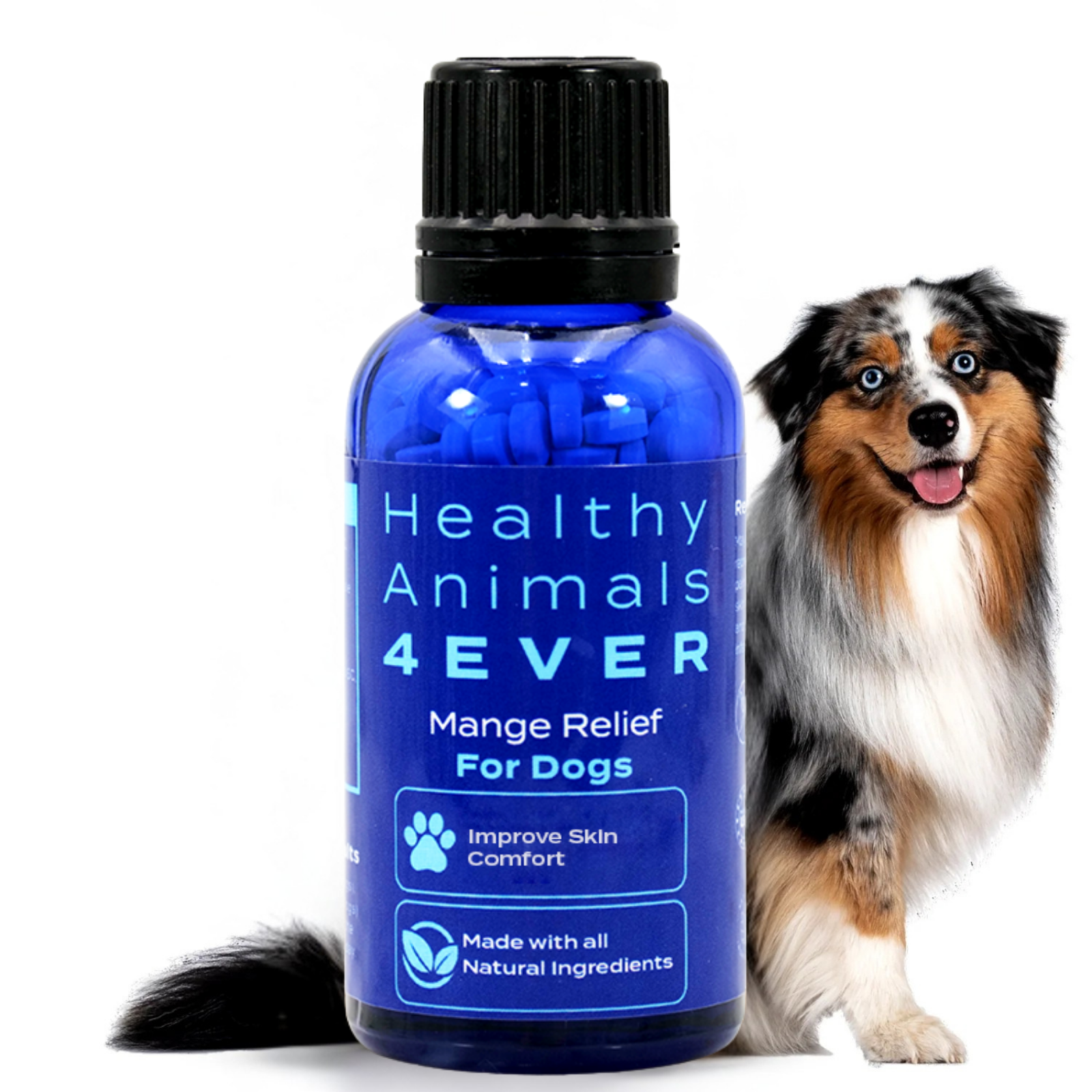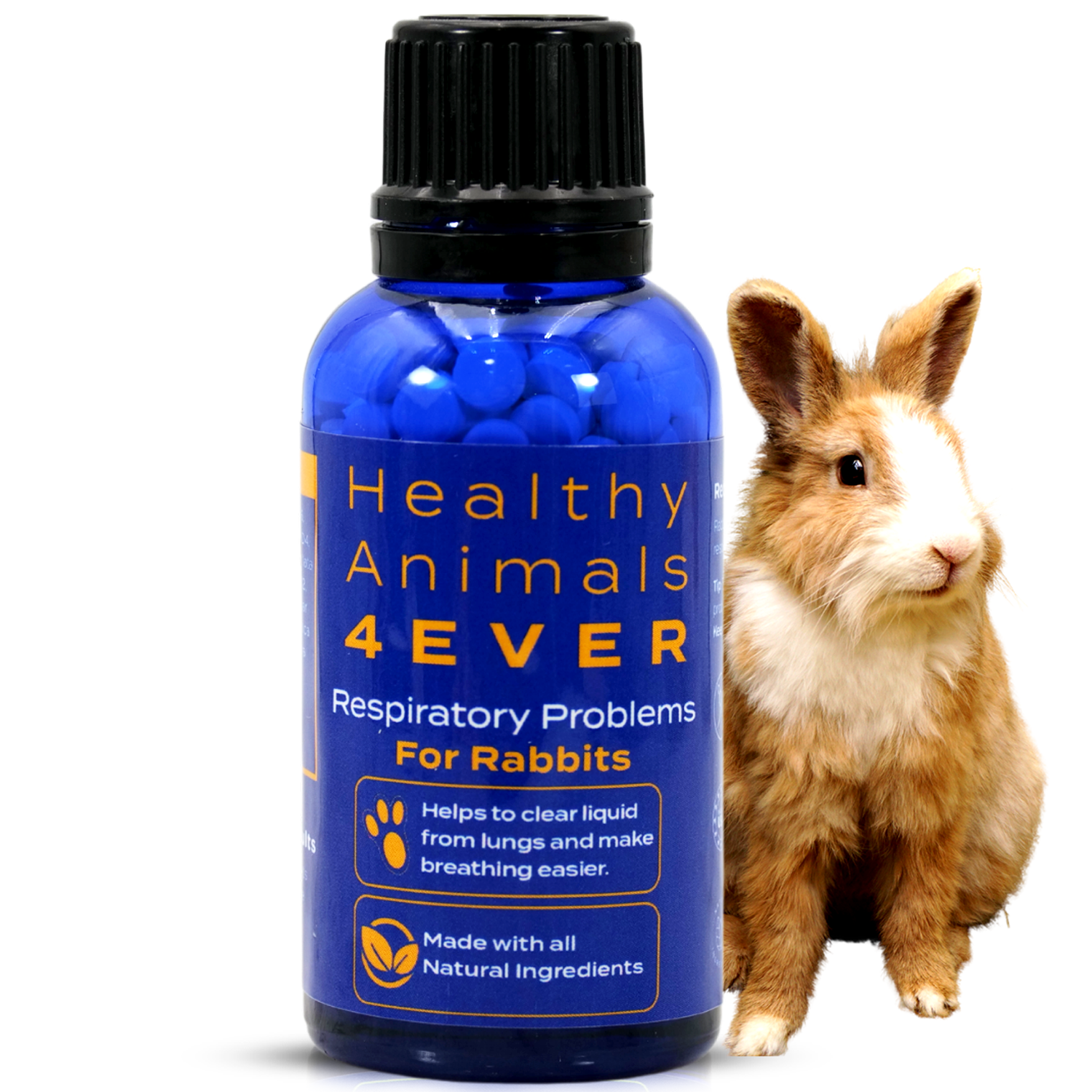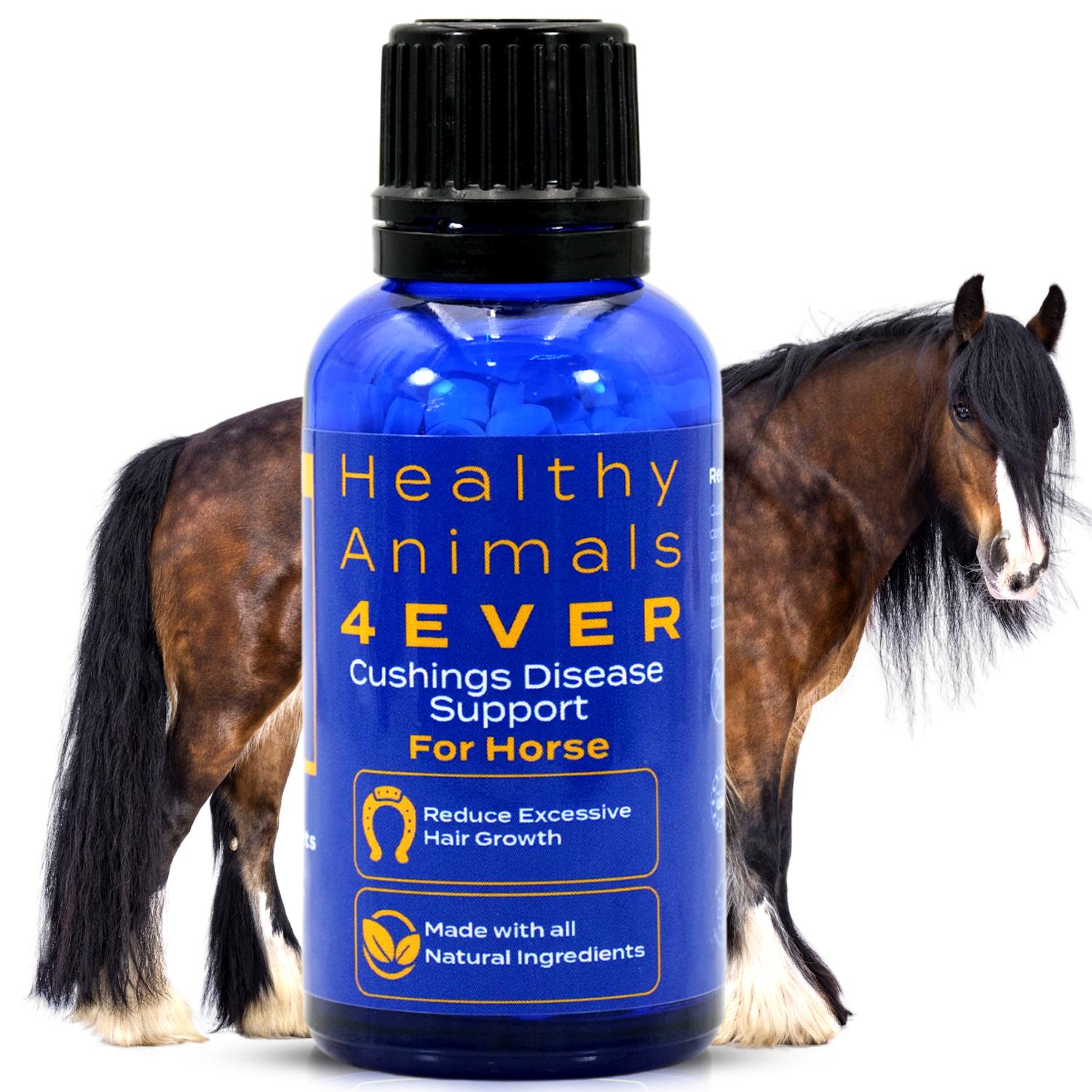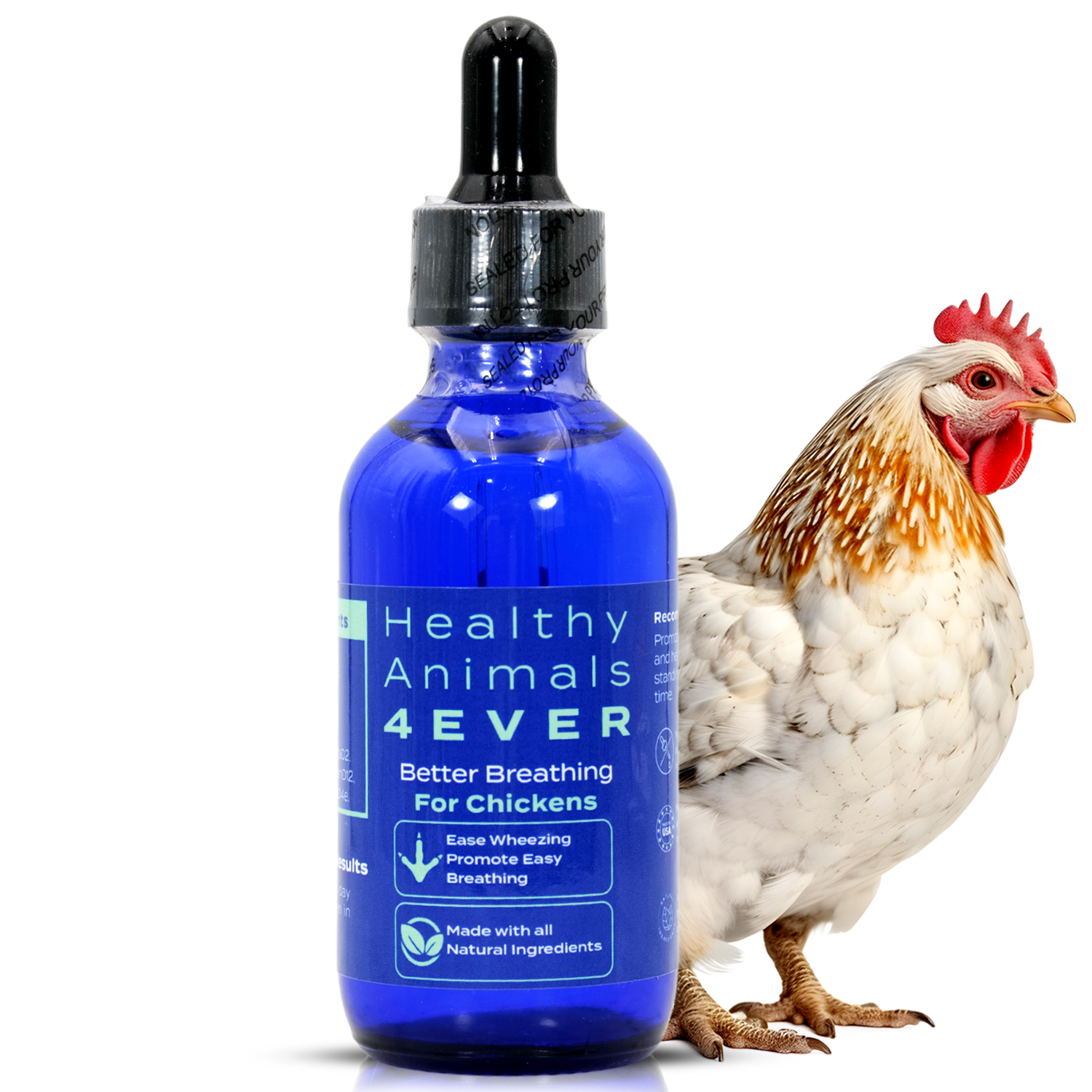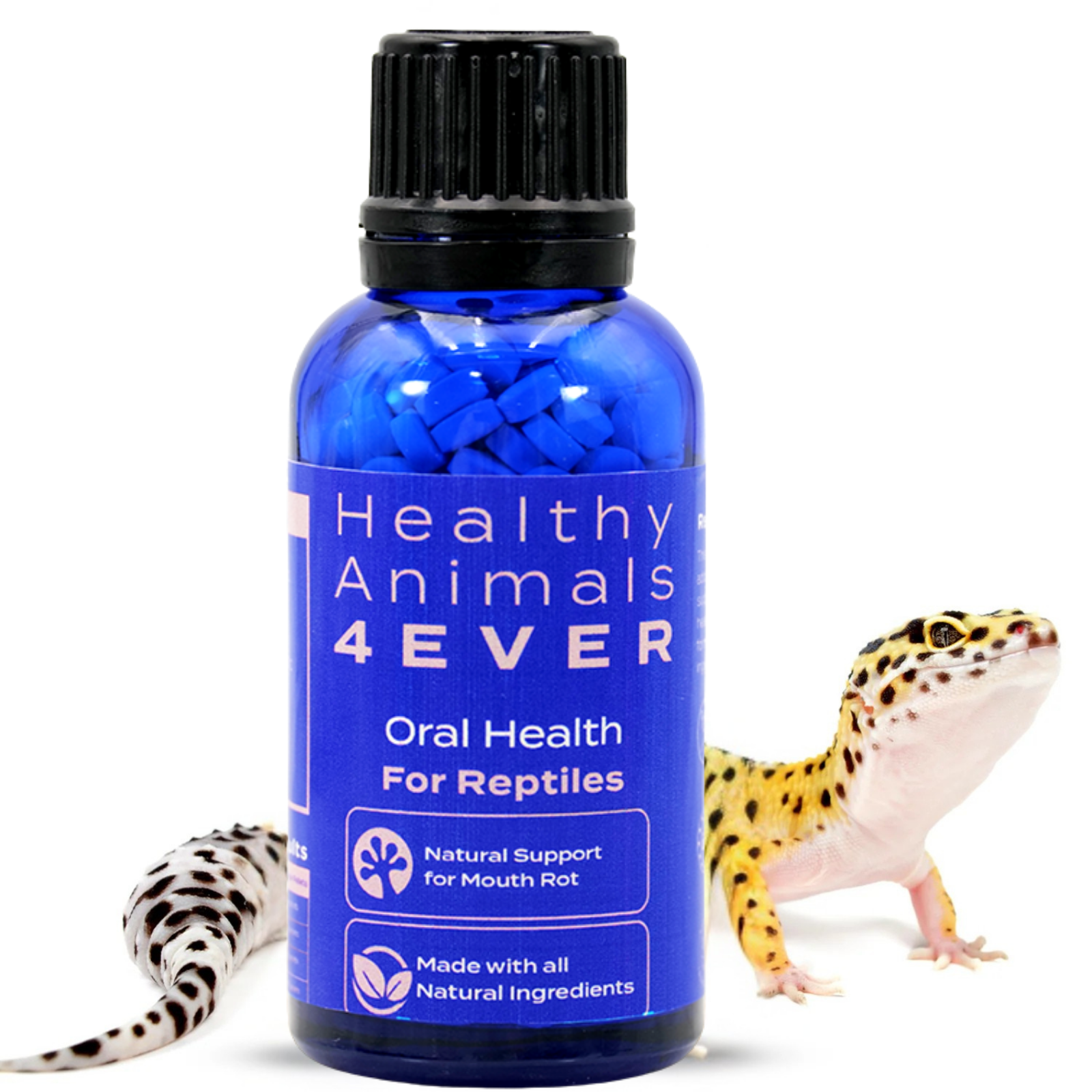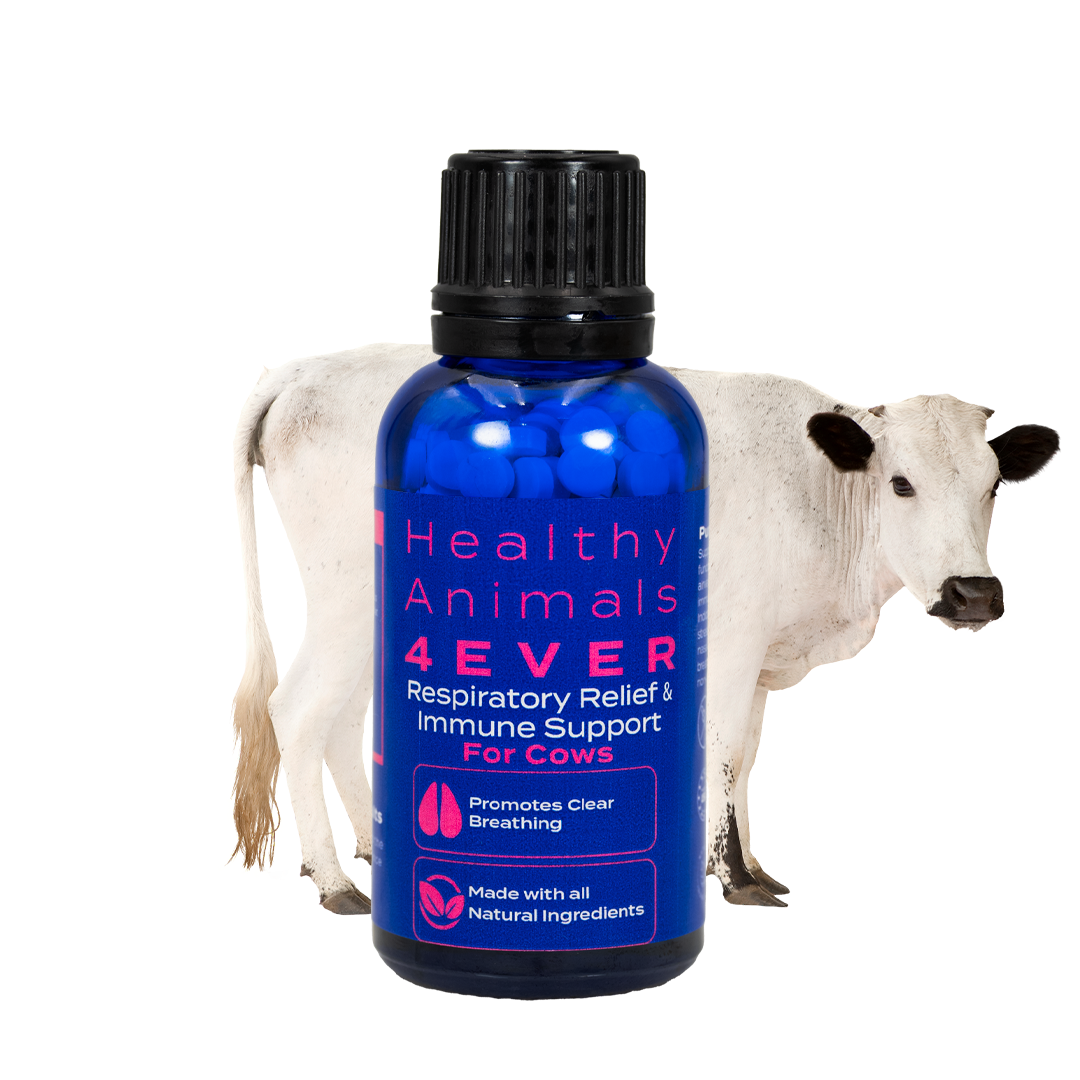Natural Ways to Help Your Horse Shed The Winter Coat Faster
If you own a horse, you know that spring shedding season means one thing: hair. Everywhere. On your clothes, in your barn, maybe even in your coffee. But shedding isn’t just about getting rid of that thick winter coat; it’s an important process that reflects your horse’s overall health.
With the right approach, you can help your horse shed the winter coat faster, keep their coat healthy, and reduce the amount of hair floating around your barn. The key is to work with your horse’s natural cycle instead of fighting it. That means focusing on good nutrition, smart grooming techniques, and a healthy environment to support the process.
In this guide, we’ll cover everything you need to know about natural shedding care: the best tools and supplements, holistic remedies, and signs that something might be off.
Skin Conditions Support offers natural support for horses' skin health. Recommended for skin issues like itching, redness, and inflammation. Promotes healthy and comfortable skin. All-natural formula. Safe and gentle for all horse breeds.
The Shedding Process
Contrary to popular belief, shedding isn’t triggered by temperature but by changes in daylight. As the days get longer, your horse’s body receives the signal to shed the thick winter coat and grow a lighter summer coat. This process is controlled by the pineal gland, which responds to the shift in natural light exposure.
How Long Does It Take?
Most horses shed over six to eight weeks, though some take longer. Factors that influence the speed your horse loses hair include:
-
Age & Health: Older horses or those with metabolic conditions may shed more slowly.
-
Diet & Nutrition: A well-balanced diet supports efficient shedding.
-
Turnout & Exercise: More movement and natural light helps regulate shedding patterns.

Nutrition for a Healthy Coat
Essential Nutrients
A sleek, shiny coat starts from within. While grooming plays a significant role in keeping the coat looking good, what you feed your horse is just as important (if not more!).
Here are the key nutrients that support shedding and coat growth:
-
Omega-3 Fatty Acids: Found in flaxseed and chia seeds, omega-3s help reduce skin inflammation, prevent dryness, and promote a glossy coat.
-
High-Quality Protein: Hair is made primarily of keratin, a protein. Feeding a good protein source, such as alfalfa or soybean meal, supports strong, healthy hair growth.
-
Zinc & Copper: These two minerals support healthy skin and hair pigmentation. A deficiency can lead to dull, brittle hair.
-
Vitamin A & Biotin: Vitamin A (found in fresh grass and carrots) helps with skin cell regeneration, and biotin is essential for strong hooves and a resilient coat.
Hoof Issues Support is a natural remedy for hoof-related issues. Helps with cracked hooves, brittleness, and discomfort during movement. Promotes healthy hoof growth while soothing irritation. All-natural formula. Safe and gentle for all horse breeds.
Whenever possible, feed your horse fresh pasture. Fresh grass provides essential vitamins, minerals, and moisture, all contributing to a naturally healthy coat.
Hydration
Dehydration can make a horse’s coat look dull and dry, and it can slow down shedding. Ensure your horse has access to fresh, clean water at all times. An electrolyte supplement can help maintain proper hydration levels if they do heavy work.
Natural Supplements
If your horse’s coat needs extra support, consider these natural options:
-
Flaxseed (or Flaxseed Oil): A great source of omega-3s that enhances coat shine and reduces skin irritation.
-
Apple Cider Vinegar: A small amount (about ¼ cup daily) can support digestion and coat condition.
-
Coconut Oil: When fed in moderation, it helps maintain skin moisture and can be applied topically to dry areas.

Natural Grooming Techniques
When it comes to grooming, the right tools make a difference. Here’s what works best for shedding season:
-
Curry Comb: The ultimate shedding tool. A rubber curry with firm teeth loosens dead hair and stimulates circulation.
-
Shedding Blade or Grooming Block: These are great for pulling out large amounts of loose hair, especially on broad areas like the neck and body.
-
Soft Brush: Helps remove finer hairs and spreads natural oils for a smooth, glossy finish.
And don’t forget to brush the legs and face. These areas are often sensitive, so switch to a softer rubber mitt or a damp cloth to gently remove loose hair.
Keep in mind that brushing isn’t just about removing hair; it also helps:
-
Stimulate blood flow, which promotes healthy coat growth.
-
Spread natural oils, keeping the skin moisturized.
-
Give you a chance to check for skin issues, like dryness or irritation.
Try to groom daily during shedding season. Even a few extra minutes a day can significantly affect how quickly your horse gets rid of their winter coat.
The Best Way to Groom for Shedding
-
Start with a good curry comb session. Use firm, circular motions to loosen hair and stimulate the skin.
-
Use a shedding blade or grooming block to strip out the bulk of loose hair. This is where you’ll see the winter coat coming off.
-
Follow up with a stiff brush to clear away remaining hair and dirt.
-
Finish with a soft brush to smooth out the coat and distribute natural oils.

Supporting Shedding with Massage and Natural Oils
Why Massage Helps with Shedding
A simple massage before or after grooming can increase circulation, which helps your horse shed faster. It can also loosen the skin, making it easier for dead hair to fall out. Plus, it relaxes your horse, which is always a bonus.
Here is how to massage your horse for shedding the winter coat:
-
Use your hands or a rubber massage mitt and apply gentle pressure in slow, circular motions.
-
Focus on areas where shedding is heaviest, like the neck, shoulders, and hindquarters.
-
Spend extra time on itchy spots. If your horse leans into the pressure or starts making that “yes, right there” face, you know you’ve found a good spot.
Natural Oils for a Healthier Coat
Dry skin can slow down shedding and make your horse itchy. Adding natural oils to their coat can reduce dandruff, soothe irritation, and keep the new hair soft and shiny.
Some great options are:
-
Coconut Oil: Hydrates the skin and has antibacterial properties. It can be applied sparingly to dry patches.
-
Jojoba Oil: Closely mimics the skin’s natural oils and absorbs well without leaving a greasy residue.
-
Aloe Vera Gel: Helps with itching and minor skin irritation.
-
Apple Cider Vinegar (Diluted): Acts as a natural coat conditioner and can help repel bugs.
Gently massage the oils into dry areas using your hands or a soft cloth. Use small amounts, as too much oil can attract dirt. Avoid synthetic sprays; natural oils are a safer and more effective option.

Environmental Factors and Shedding
The Role of Turnout and Natural Light
Your horse’s living environment plays a big role in shedding, too. Because shedding is triggered by daylight, your horse needs plenty of natural exposure to adjust their coat properly.
The more time horses spend outside, the more efficiently their bodies transition to a summer coat. If your horse is inside for long hours, consider increasing turnout time or adding extra barn lighting to mimic natural daylight.
Exercise Helps Too
Movement stimulates circulation, which helps the coat shed more efficiently. Regular riding, lunging, or even hand-walking can speed things up. If your horse gets daily turnout and stays active, their body will naturally work through the shedding process faster.
Keep Their Living Space Clean
Old hair, dust, and dirt can build up in stalls, paddocks, and blankets, leading to skin irritation and dull coats. A few things that help:
-
Wash blankets, saddle pads, and brushes regularly to remove loose hair and dirt.
-
Keep stalls and paddocks dry and clean to prevent skin conditions that could slow down coat transition.
-
Use a shedding-friendly bedding option, like straw or shavings that doesn’t cling to loose hair.

Herbal and Holistic Remedies for Shedding Support
Herbs and holistic remedies can support your horse’s coat health from the inside out. While good nutrition and grooming are the foundation, a few well-chosen natural supplements can enhance the process.
Herbs That Promote Shedding and Coat Health
Certain herbs support skin health, circulation, and coat growth. Some of the best options include:
-
Nettle: High in vitamins and minerals that promote hair growth and coat shine.
-
Dandelion: Supports the liver, which helps the body detox and process coat changes more efficiently.
-
Chamomile: Helps with itchy, irritated skin and has calming properties.
-
Fenugreek: Stimulates digestion and promotes healthy skin and hair.
These can be fed as dried herbs in your horse’s feed, steeped as tea and poured over their grain, or used topically in a rinse.
Wounds Support is designed for wound care. Natural therapy for pain and inflammation in injured areas. Useful for wounds with bacterial infection or other harmful factors. All-natural formula. Safe and gentle for all horse breeds.
DIY Natural Coat Rinse for Shedding Season
A natural coat rinse can soothe the skin, reduce itchiness, and bring out shine. Here’s an easy homemade option:
Herbal Coat Rinse Recipe
Ingredients:
-
2 cups chamomile or nettle tea (cooled)
-
1 cup apple cider vinegar
-
10 drops lavender essential oil (optional, for soothing effects)
-
1 gallon of water
How to Use:
-
Mix ingredients and pour into a spray bottle.
-
Lightly mist over your horse’s coat after grooming.
-
Wipe down with a soft cloth to remove any lingering dirt and hair.
This gentle rinse helps condition the coat and supports shedding naturally. Plus, it leaves your horse smelling fresh!
If introducing new herbs, remember to start with small amounts and monitor how your horse responds.

Recognizing When Shedding Issues Signal a Health Problem
Shedding is a natural process, but sometimes, it doesn’t go as smoothly as it should. Knowing what’s normal and what's not can help you catch potential problems early.
When to Be Concerned About Shedding
A slow or uneven shed isn’t always a problem, but watch for these warning signs:
-
Patchy horse: If your horse is shedding in uneven clumps or has bald spots, it could indicate skin infections, parasites, or allergies.
-
Dull, brittle coat: If the new summer coat looks rough, dry, or faded, your horse might be missing key nutrients or dealing with a health issue.
-
Thinning mane and tail: A horse that loses hair in these areas might have nutritional imbalances, rubbing due to itchiness, or metabolic disorders.
-
Delayed shedding: If your horse holds onto their winter coat well into late spring or early summer, it could be a sign of Cushing’s disease (PPID), especially in older horses.
-
Excessive itching or discomfort: Constant rubbing, rolling, or biting at the coat might mean parasites, dry skin, or allergies.
Cushing's disease support is a natural remedy for Cushing's disease. Promotes regular hormone levels. Helps minimize excessive hair growth. Encourages healthy weight management. Safe and gentle for all horse breeds.
Common Health Issues That Affect Shedding
If something seems off with your horse’s shedding pattern, here are some possible causes:
-
Cushing’s Disease (PPID): One of the most well-known causes of abnormal shedding. Horses with Cushing’s often have a long, thick coat that doesn’t shed properly. Other signs include muscle loss, excessive drinking, and a potbelly appearance.
-
Nutritional Deficiencies: Low zinc, copper, biotin, or omega-3s levels can slow down shedding and lead to a dull coat.
-
Parasites: Internal parasites or skin mites can cause poor coat quality and excessive itching. Regular deworming and skin checks can help.
-
Allergies or Skin Conditions: If your horse is constantly itchy, they could be reacting to insects, dust, specific feeds, or grooming products.
What to Do If You Suspect a Problem
If your horse’s shedding pattern seems unusual, ensure they get the right nutrients, stay hydrated, and spend enough time outdoors. If the problem persists, a vet check is the best way to rule out medical conditions.
You know your horse best. If something doesn’t seem right, don’t hesitate to look deeper.

The Bottom Line
Shedding season might be messy, but it’s also an excellent opportunity to check your horse’s health and strengthen your bond with them. Nutrition, grooming, turnout, and natural support will help your horse shed out faster and transition into a sleek, summer coat in no time.
The most important thing? Pay attention. If shedding seems slow, patchy, or unusual, it might be a sign that your horse needs extra support or even a vet visit.


